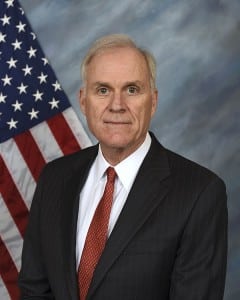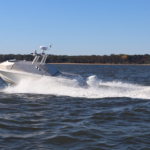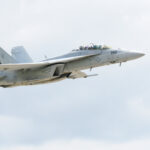
Top Navy officials on Monday clarified how much budget delays have cost the service and revealed a new oversight board to implement various recommendations meant to prevent future ship mishaps.Navy Secretary Richard Spencer reiterated the common element defense and congressional defense committee officials raise regarding the billions of dollars continuing resolutions (CRs) have cost the service over the past seven years.“Since 2011 we have put $4 billion in a trashcan, put lighter fluid on top of it, and burned it,”…

 By
By 











